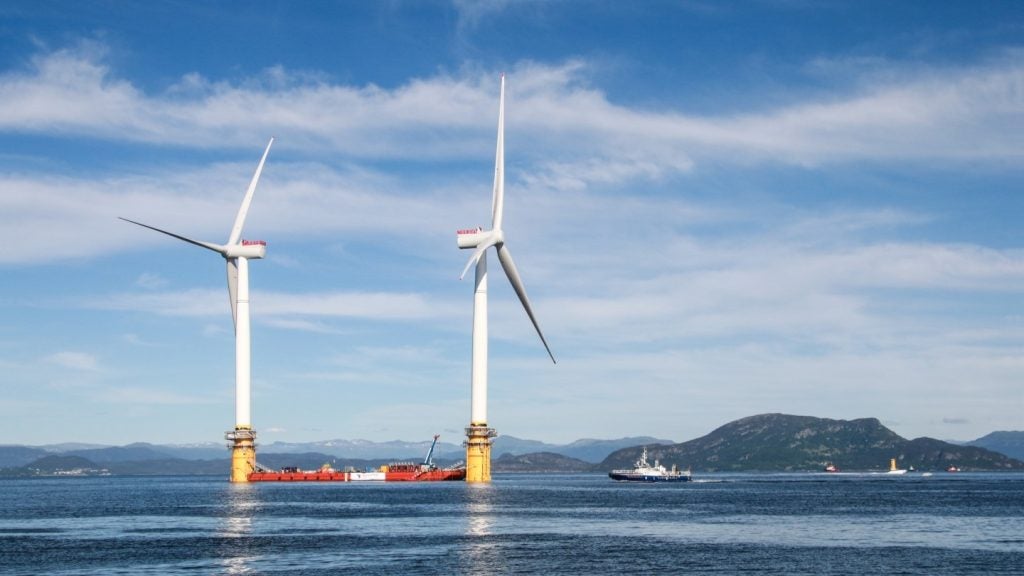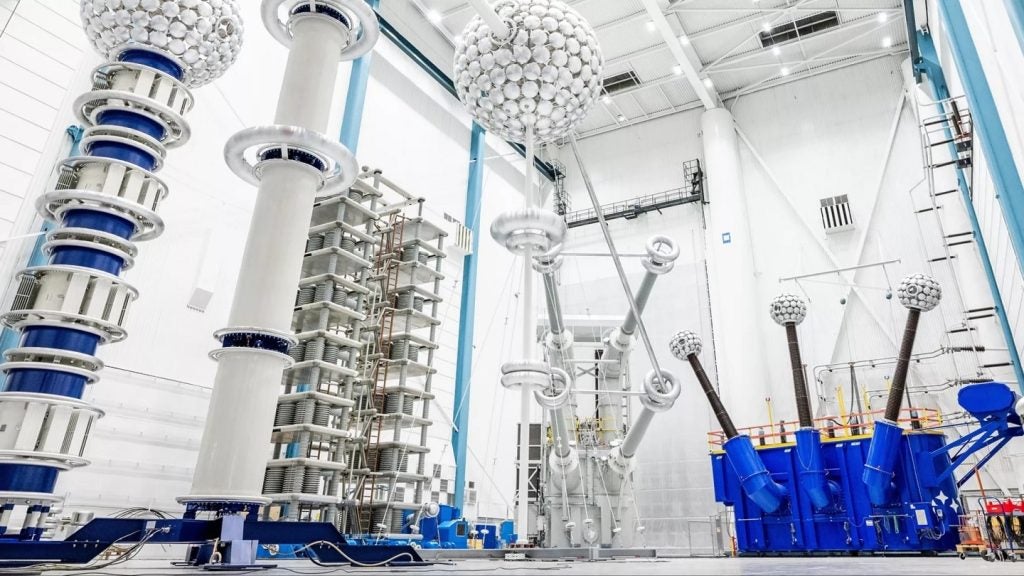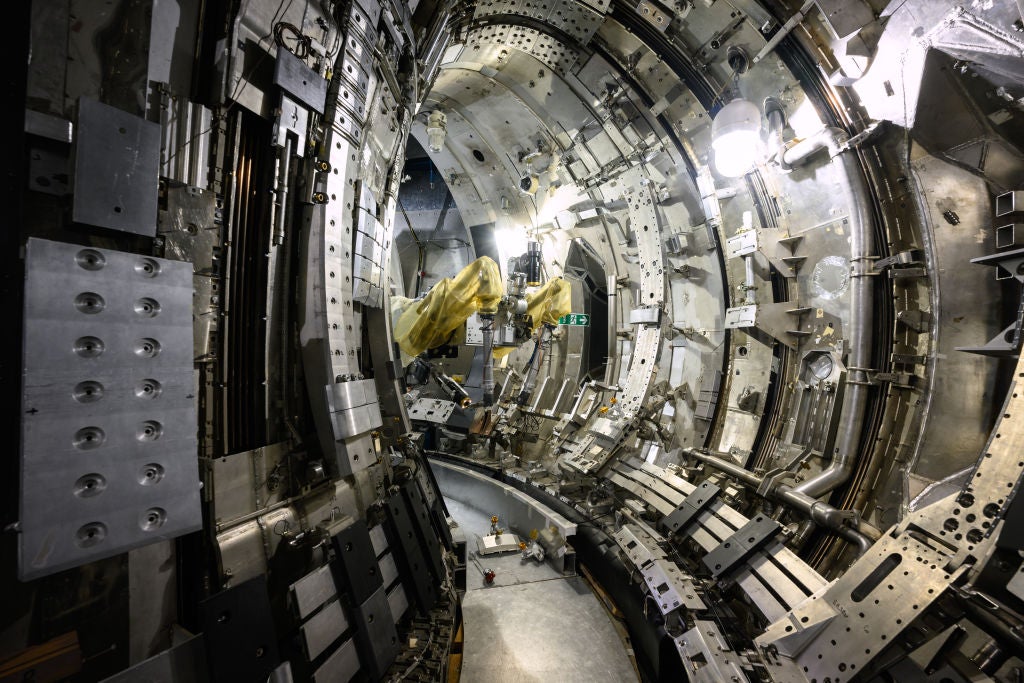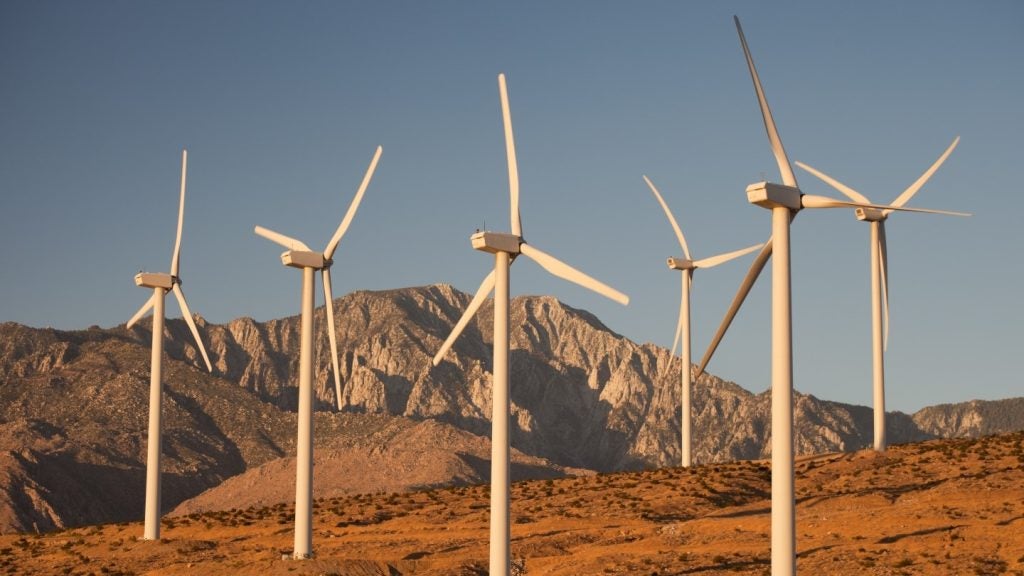
Decreasing costs for the production of clean hydrogen could help cut emissions in sectors that are highly dependent on fossil fuels, including steel, shipping and cement.
According to the Hydrogen Economy Outlook – an independent study published by Bloomberg NEF (BNEF) – the use of hydrogen could cut up to 34% of CO2 emissions by 2050, but only if policies that drive down costs and invest in technologies are put in place.
The report’s lead author Kobad Bhavnagri said: “Hydrogen has potential to become the fuel that powers a clean economy.
“In the years ahead, it will be possible to produce it at low cost using wind and solar power, to store it underground for months, and then to pipe it on-demand to power everything from ships to steel mills.”
How well do you really know your competitors?
Access the most comprehensive Company Profiles on the market, powered by GlobalData. Save hours of research. Gain competitive edge.

Thank you!
Your download email will arrive shortly
Not ready to buy yet? Download a free sample
We are confident about the unique quality of our Company Profiles. However, we want you to make the most beneficial decision for your business, so we offer a free sample that you can download by submitting the below form
By GlobalDataWhat is clean hydrogen?
Clean hydrogen is produced by splitting water into hydrogen and oxygen using energy generated by clean sources such as wind or solar power. According to the International Renewable Energy Agency (IRENA), not only could it help decarbonise certain sectors but it is also more versatile as “it’s a free energy carrier that can be produced by many energy sources.”
Data from the BNEF report shows that even though clean hydrogen is still expensive, costs have fallen in recent years.
Between 2014 and 2019, the price of alkaline electrolysers fell by 40% in North America and Europe, and China’s production was 80% cheaper than in the West.
BNEF calculations suggest that renewable hydrogen could be produced for $0.8 to $1.6/kg by 2050, making it a competitive source for markets such as India, China and Brazil.
What are the challenges?
Due to its density, storing and moving hydrogen will be the biggest challenges the industry will face.
BNEF researchers say that to have the same level of energy security as gas, global storage capacity for hydrogen should be three to four times the current level, which would cost $637bn by 2050.
Storage options include salt caverns – too geographically limited to be a viable option – pressurised containers and ammonia.
The benchmark cost for salt caverns is at $0.23/kg with a possibility to fall to $0.11/kg, while pressurised containers are at $0.19/kg. Ammonia’s benchmark price is at $2.83/kg but BNEF researchers expect it to drop to $0.87.
“If the clean hydrogen industry can scale up, many of the hard-to-abate sectors could be decarbonised using hydrogen, at surprisingly low costs,” added Bhavnagri.
What is the solution?
If renewable hydrogen is to replace fossil fuels, governments need to focus investments on cutting down costs and scaling up tech, says BNEF.
Bhavnagri commented: “The clean hydrogen industry is currently tiny and costs are high. There is a big potential for costs to fall, but the use of hydrogen needs to be scaled up and a network of supply infrastructure created.
“This needs policy coordination across government, frameworks for private investment, and the roll-out of around $150bn of subsidies over the next decade.
“That may sound daunting but it is not, in fact, such a huge task – governments around the world currently spend more than twice that every year on fossil fuel consumption subsidies.”








